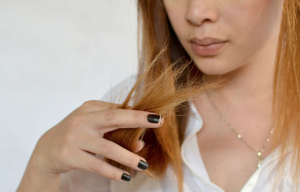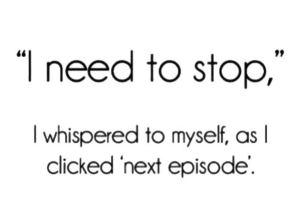I’ve always wondered why certain people are dog people and why certain people are cat people. As myself being more of a dog person, I was curious whether being a dog or cat person depends on what type of personality you have. That’s why I’ve decided to write this blog.
A psychologist, Sam Gosling, at the University of Texas in Austin conducted an online study where 4,565 individuals were asked whether they were cat people, dog people, neither or both. Then that same group was given an assessment that measured them on the “Big Five” personality test. Here’s a link to the “Big Five” personality test where you can see what type of personality you have. “There is a widely held cultural beliefs that the pet species – dog or cat – with which a person has the strongest affinity says something about the individuals personality, and this research suggests there are significant differences on major personality traits between dog and cat people.” says Gosling. Looking at the research, cat owners are low in dominance. They come across as being more timid, shy, and unaggressive. Dog owners seem to be more extroverted (more sociable and interactive), whereas cat owners seem to be more introverted, less sociable and self contained. This may not always be the case but this is what is shown through the study.
A few characteristics that dogs have that dog people may be drawn to are:
- Outgoing
- Loving
- Loyal
- Structured
- Personable
If you are a cat person you may be drawn to these characteristics that are common in cats.
- Independence
- Adaptability
- Silly antics
- Poise
- Beauty
Sources:
https://www.psychologytoday.com/blog/canine-corner/201002/personality-differences-between-dog-and-cat-owners
http://www.everydayhealth.com/pet-health/are-you-a-dog-or-cat-person.aspx
http://moderndogmagazine.com/articles/dog-people-vs-cat-people/10716











